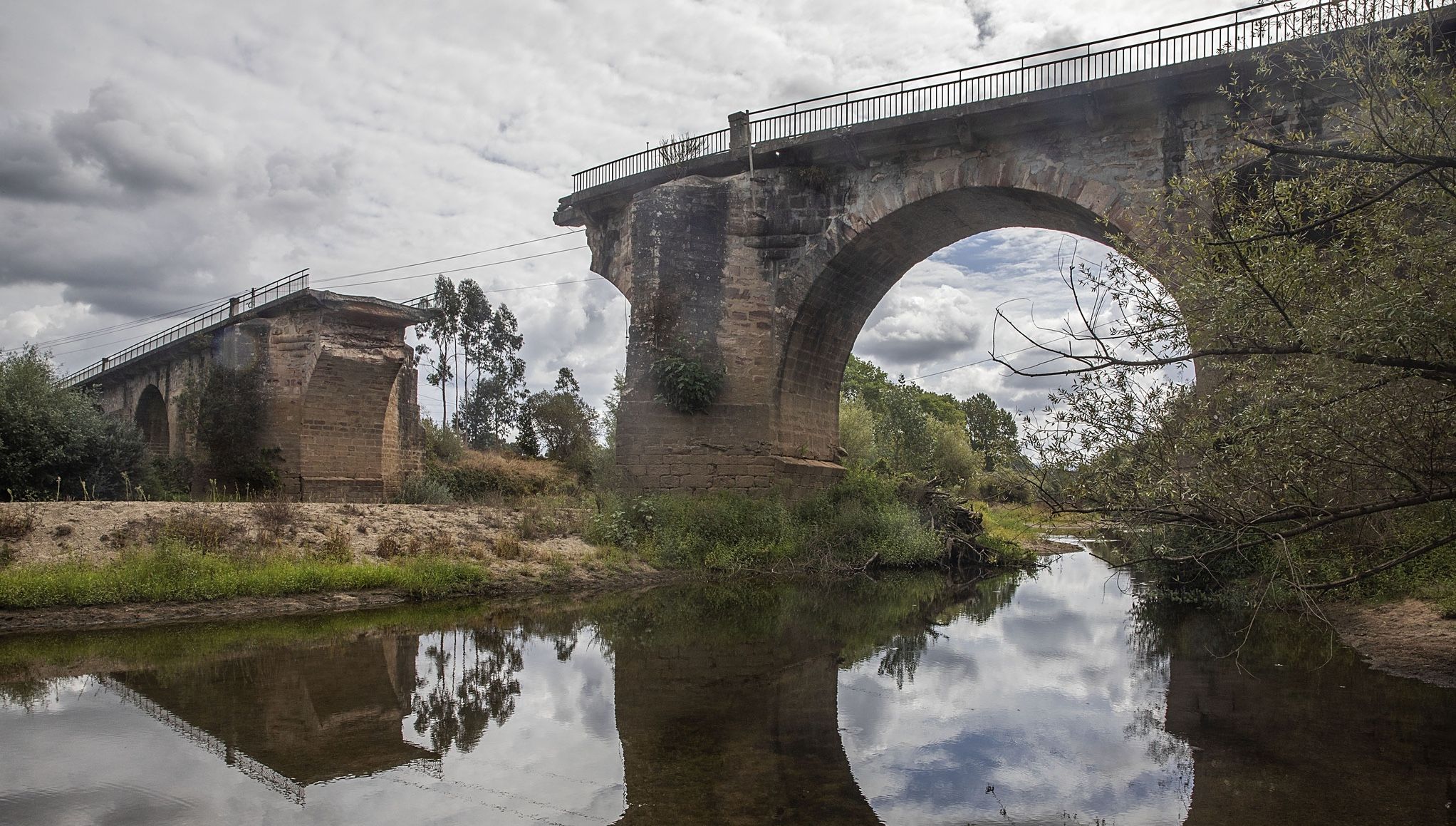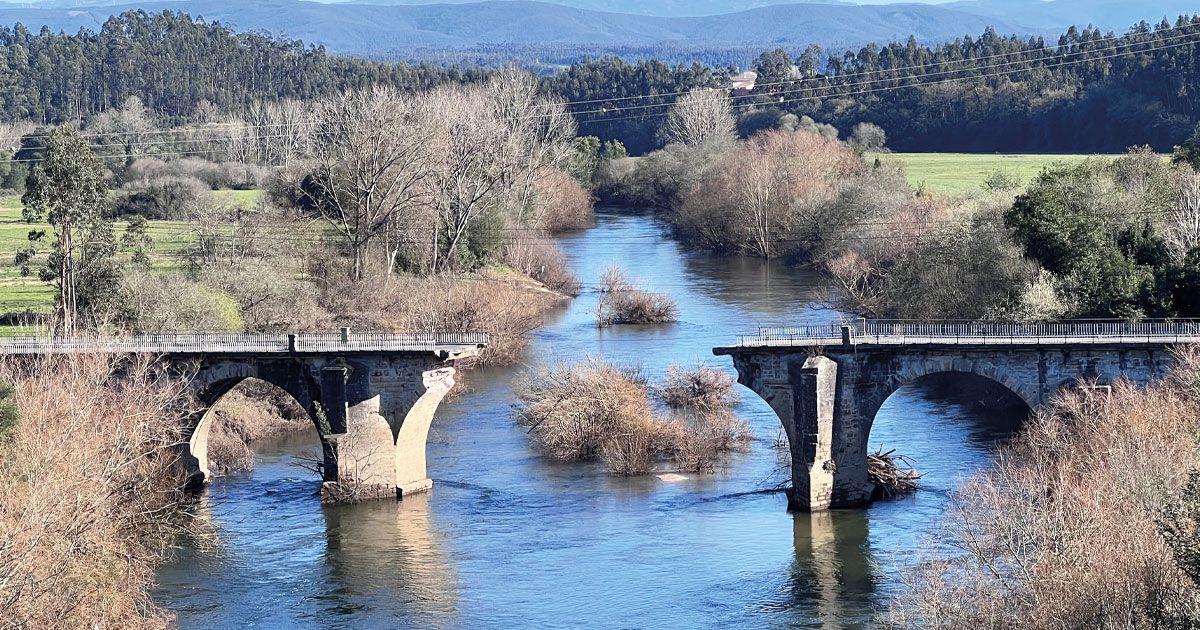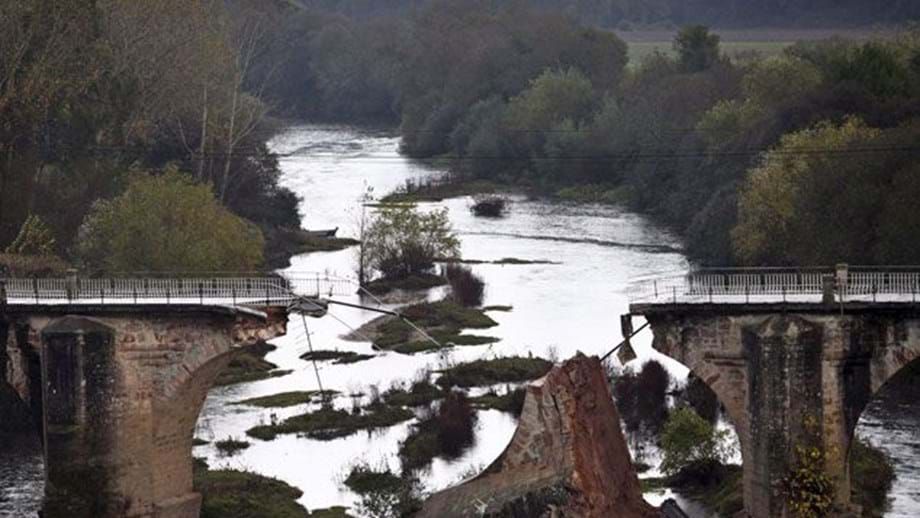The urgency of saving the Vouga bridge
On the Central Route, between Águeda and Albergaria-a-Velha, lies the historic Vouga Bridge, also known as the Old Vouga Bridge. This ancient crossing, built in the early 13th century and renovated over the centuries, played a vital role in the royal road that connected Lisbon to Porto.
The bridge, which spans the Vouga River and flows into the Ria de Aveiro, has undergone several interventions throughout its history. During the reign of King John III in the 18th century, its arches were expanded to 15, and later, during the reign of Queen Mary I, the structure was reinforced again due to the impact of floods, adding one more arch to its 225-meter long deck.
Unfortunately, in November 2011, after several warnings from the Águeda City Council about the risk of collapse, one of the bridge’s pillars gave way, resulting in the collapse of two central arches. Since then, the crossing has been inaccessible, although it had previously been closed as a precaution. However, some adventurous pilgrims ignored the warnings and continued to cross it.
Various initiatives have been launched over the years to restore the bridge, including by groups linked to the Camino de Santiago, but the high costs of the work and the lack of interest from the Central Government have resulted in a deadlock. Recently, a new attempt to raise awareness of the situation was promoted by Luís Seabra Lopes, a professor at the University of Coimbra and expert on Roman roads in the central region, through the Facebook group “Traditional Architecture and Urbanism Portugal”.
This campaign calls for public awareness of the immense heritage value of the Vouga Bridge and urges immediate intervention to prevent its total collapse. The proposal includes classifying the bridge as a National Monument, which would facilitate its restoration and preservation.
Furthermore, it is important to highlight that the Vouga Bridge is part of the pilgrimage route between Lisbon and Santiago de Compostela. Currently, pilgrims are forced to detour via the dangerous EN-1 road, which emphasizes the need to protect this important road heritage and ensure the safety of walkers.
You can sign the public petition here.
Source: Gronze.com


